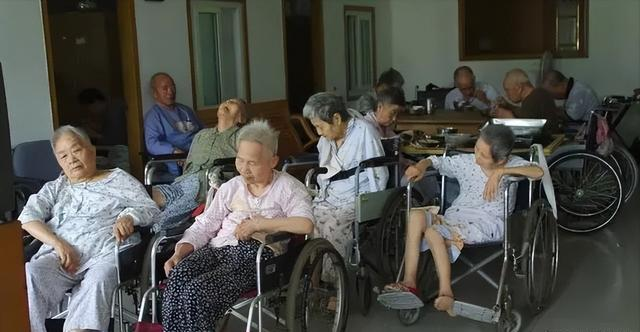The Era-Defining Moment of Embodied AI: The "DeepSeek" Phenomenon
![]() 11/17 2025
11/17 2025
![]() 386
386
We are living in a consumption-driven era.
Numerous items that are not vital for survival have become indispensable in our daily lives.
The mobile phone stands as a prime example.
Initially, mobile phones were primarily designed for making calls and sending text messages, with entertainment options limited to a few simple games like Snake. Consequently, during that period, phones priced around a thousand yuan held sway in the market.
The transformation kicked off when Steve Jobs integrated a gyroscope into the iPhone. Why incorporate a gyroscope, a component originally used for missile inertial navigation, into a mobile phone?
This addition made gaming more immersive and navigation more accurate.
Then, the evolution took off at a breakneck pace.
Modern mobile phones now boast over 90% of hardware configurations that are unrelated to making calls or sending text messages.
As a result, prices have skyrocketed from a thousand yuan to 4,000, 5,000, or even exceeding ten thousand yuan.
The consumption boom has spurred production, a process of resource redistribution. As various industries reaped profits, consumption was further propelled.
Given the varying living standards among individuals, the products they are eager to consume also differ.
It's crucial to note that consumption should cater to the entire population. Luxury items like handcrafted Rolls-Royce cars are not true representatives of mass consumption, which is why the company has faced multiple sell-offs and near-bankruptcy situations.
For the average person, a mobile phone costs around a thousand yuan; a computer, around ten thousand yuan; a car, around a hundred thousand yuan; and property, around a million yuan...
There's always something that piques your interest.
For well-known reasons, property sales are currently sluggish.
This sector has actually nurtured dozens of industries. Although the automotive industry has absorbed many personnel from the real estate sector, it's still challenging to fully take over its role.
More industries akin to the automotive sector are needed to drive consumption.
Products from this industry must appeal to the entire population, be a necessity for every household, and carry a certain price tag...
Enter embodied AI.
As the number of young people opting to remain child-free or single rises, their elderly care concerns come to the forefront. The ultimate solution to this issue lies not in nursing homes but in robots.
What do the elderly need most in their later years?
Dignity.
However, current nursing homes often fall short in providing this.

Robots have the potential to restore dignity to the elderly.
Therefore, elderly care robots are poised to be a significant growth area.
If robots can handle elderly care, they can certainly perform some household chores as well.
Delving deeper, elderly care robots, household robots, cooking robots, and even maid (or butler) robots are set to enter the market.

Of course, given the diversity of Chinese cuisines, cooking robots may need to specialize in specific dishes.
On the business front, robots designed for screwing tasks will also become prevalent.
This brings us to the current point of debate: Is it necessary for screwing robots to be humanoid? Can't they be designed as production line-style industrial robots?
In fact, there are two distinct approaches:
One involves specialized industrial robots that replace machine tools. These robots are tailored for different production lines and can significantly reduce operational costs.
The other entails robots that replace factory workers. Since most factory equipment is currently designed based on human operational habits, it's impractical to completely overhaul them into industrial robots. Hence, the need for humanoid robots arises.
The technology and costs associated with industrial robots have reached a level where enterprises can afford them, while humanoid robots are still undergoing rapid development.
However, once the latter achieves a breakthrough, they will be able to widely replace humans and enable automated operations in most scenarios.

Some embodied AI manufacturers have already achieved robots capable of screwing with their fingers. The "DeepSeek" moment for embodied AI is on the horizon.

One company went so far as to strap AI cameras to over 2,000 workers, recording their every move on the production line and amassing over 10,000 hours of video footage to train AI systems. Each small square in the footage represents a video of a worker's task.







